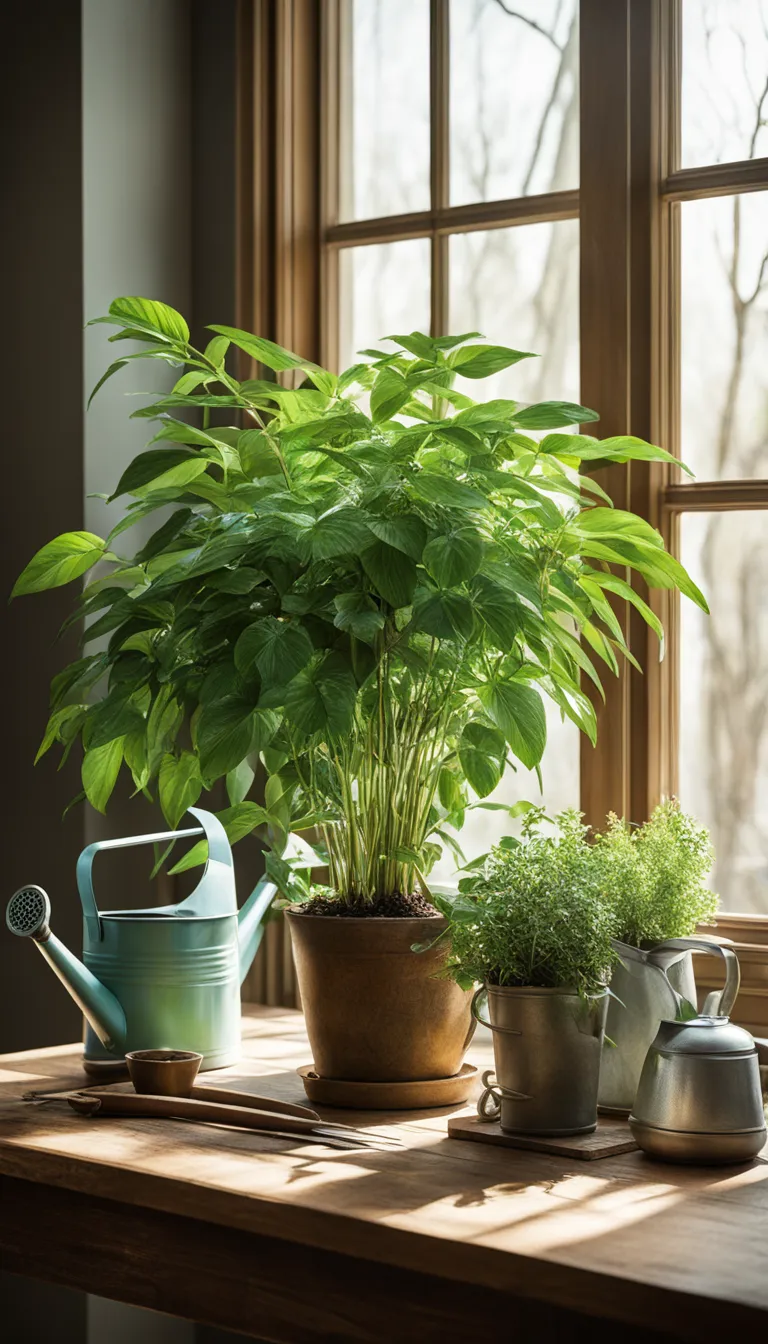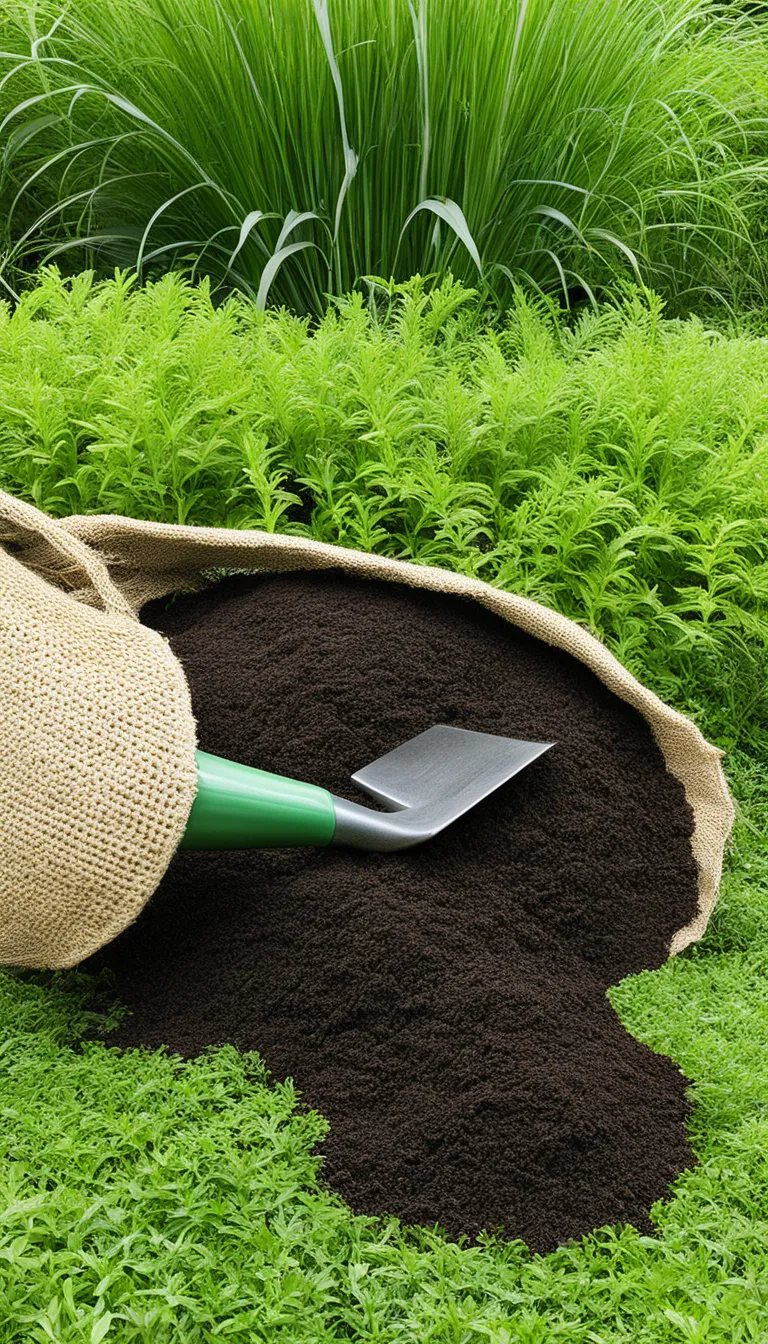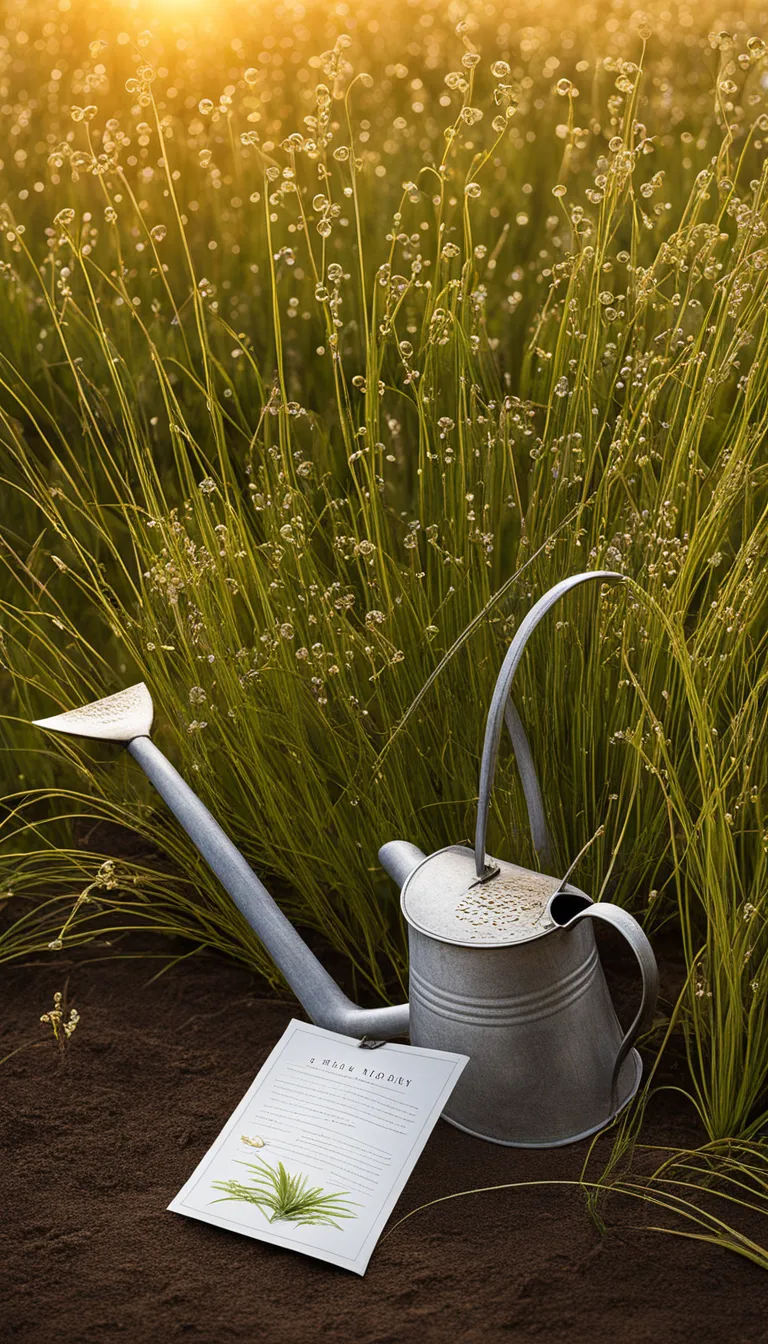Briza, often known as quaking grass, adds a whimsical charm to gardens with its delicate seed heads that dance in the breeze. This ornamental grass is not just a visual treat but also a testament to the subtle beauty that nature offers. Its fine, pendulous seed heads capture the essence of movement, creating a dynamic display that can add a sense of surprise and explosion of texture to any garden setting.
Originating from various regions, including Europe and North America, Briza is a genus that encompasses several species. The most commonly known species, Briza maxima and Briza media, are beloved for their heart-shaped florets and ability to sway gracefully with the slightest breeze. The grass’s ability to blend with other garden plants and its low maintenance needs make it a favorite among gardeners and landscapers alike.
When in bloom, Briza can truly transform a garden space. Its seed heads reflect the sunlight, creating a shimmering effect that is nothing short of enchanting. The grass whispers with the wind, providing an auditory experience as well as a visual one. As an ornamental grass, Briza is versatile, being used in dried floral arrangements, as border plants, or as a delightful addition to a wildflower meadow.
For those looking to add a touch of elegance and movement to their garden, Briza is an excellent choice. Its carefree nature and ability to thrive in a variety of conditions make it both a practical and beautiful addition to any outdoor space. Let’s delve into what makes Briza unique, how to care for it, and the best ways to plant it to ensure your garden is graced with its presence for seasons to come.

What is Briza?
Briza, also known as quaking grass, is a genus of plants in the grass family that is admired for its unique and captivating aesthetic. This ornamental grass is characterized by its delicate, heart-shaped seed heads that tremble and quake with the slightest breeze, creating a dynamic and almost mesmerizing effect in the garden.
Originating from various regions including Europe, North Africa, and the Mediterranean, Briza is not only a visual delight but also a versatile plant. It can be found in several species, with Briza maxima and Briza media being among the most popular for gardeners. These species vary in size and color, but all share the common trait of their enchanting movement.
What truly sets Briza apart is its ability to add texture, sound, and movement to a garden space. When planted en masse, the rustling of the seed heads can provide a soothing auditory experience, while the visual dance of the grass can add an element of surprise and explosion of natural beauty. Here are a few key points about Briza:
- Family: Poaceae (Grass family)
- Genus: Briza
- Height: Ranges from 15cm to 60cm depending on the species
- Flowering Season: Late spring to early summer
- Hardiness: Most species are hardy and can tolerate a range of conditions
Whether you’re an experienced gardener or a novice looking to add some intrigue to your outdoor space, Briza is a fantastic choice that promises to bring life and a touch of the wild to your garden.

How to Care for Briza?
Briza, also known as quaking grass, is a captivating addition to any garden, but to keep its delicate seed heads swaying gracefully, proper care is essential. The following care guidelines will ensure your Briza remains a stunning display of movement and texture in your garden.
Light: Briza thrives in a location that receives full sun to partial shade. Ensure that it gets at least 4-6 hours of sunlight daily to maintain its vigor and aesthetic appeal.
Soil: This ornamental grass prefers well-drained soil. A mix that is rich in organic matter will provide the nutrients necessary for optimal growth. The pH level of the soil should ideally be between 6.0 and 7.0.
Watering: When it comes to watering, Briza does not demand much. It’s drought-tolerant once established, but during its growth period, ensure it receives regular watering, especially during prolonged dry spells.
Fertilization: Feed your Briza with a balanced fertilizer at the beginning of the growing season to support its development. However, avoid over-fertilizing, as this can lead to excessive growth at the expense of the plant’s characteristic form.
Pruning: Pruning is not typically required for Briza, but you may trim back the foliage in late winter to early spring to encourage fresh growth and maintain a tidy appearance.
- Seasonal Care: In colder climates, Briza may die back in winter. It’s important to provide a layer of mulch to protect the roots from freezing temperatures.
- Pests and Diseases: Luckily, Briza is relatively resistant to pests and diseases. Keep an eye out for common garden pests and treat them promptly if they appear.
By following these simple care steps, your Briza will continue to add an element of surprise and explosion of movement to your garden, captivating all who see it. Remember, the key to a thriving Briza is balance in all aspects of care.

Planting Briza
is an exciting venture for any gardening enthusiast. It’s not just about putting seeds into the ground; it’s about cultivating a sense of movement and beauty in your garden. To ensure that your Briza grass gets off to a great start, follow these steps closely.
Firstly, choose a location that receives full sun to partial shade. Briza thrives in well-drained soil, so be mindful of the planting site to avoid waterlogged conditions. The ideal time to plant Briza is in the spring, after the last frost has passed, ensuring a warm and conducive environment for growth.
Here’s a simple guide to help you plant Briza:
- Soil Preparation: Start by loosening the soil to a depth of about 6-8 inches and mix in some organic compost to enrich it.
- Sowing Seeds: Scatter the Briza seeds evenly over the soil surface. You don’t need to bury them deeply; a light covering of soil is sufficient.
- Watering: After planting, water the area gently but thoroughly to moisten the soil without causing erosion.
- Spacing: If planting multiple Briza plants, ensure they are spaced approximately 12 inches apart to allow for proper growth and air circulation.
Once planted, Briza requires minimal maintenance. However, keeping an eye on moisture levels and ensuring the plants receive enough sunlight are key to a vibrant display of quaking grass. With patience and care, your Briza will soon become a captivating spectacle, swaying gracefully with every breeze.





